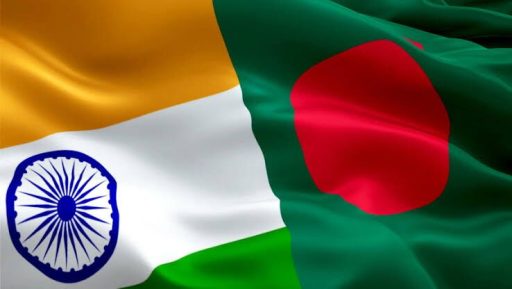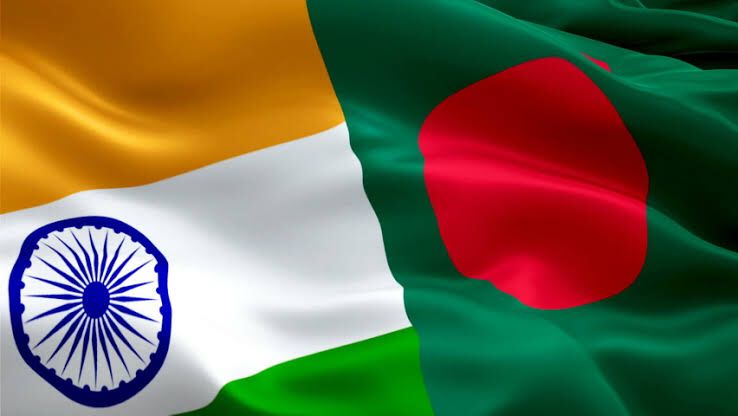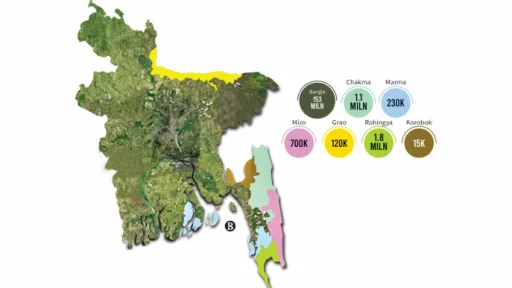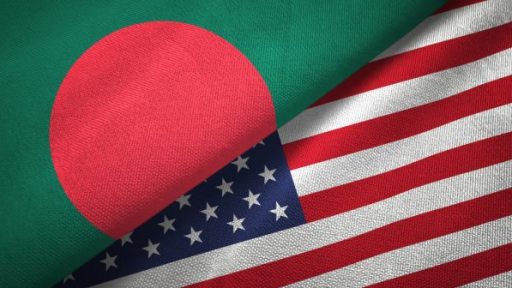As such, in different political discussions and social arguments, a concept of a united South Asia has floated for some time, especially the amalgamation of Bangladesh with India.
Contents
Can Bangladesh Merge with India?
Coincidentally, there are very historical undercurrents that are attached to this sentiment, as the social-cultural history and the familiar space that bound these two countries together from one perspective.
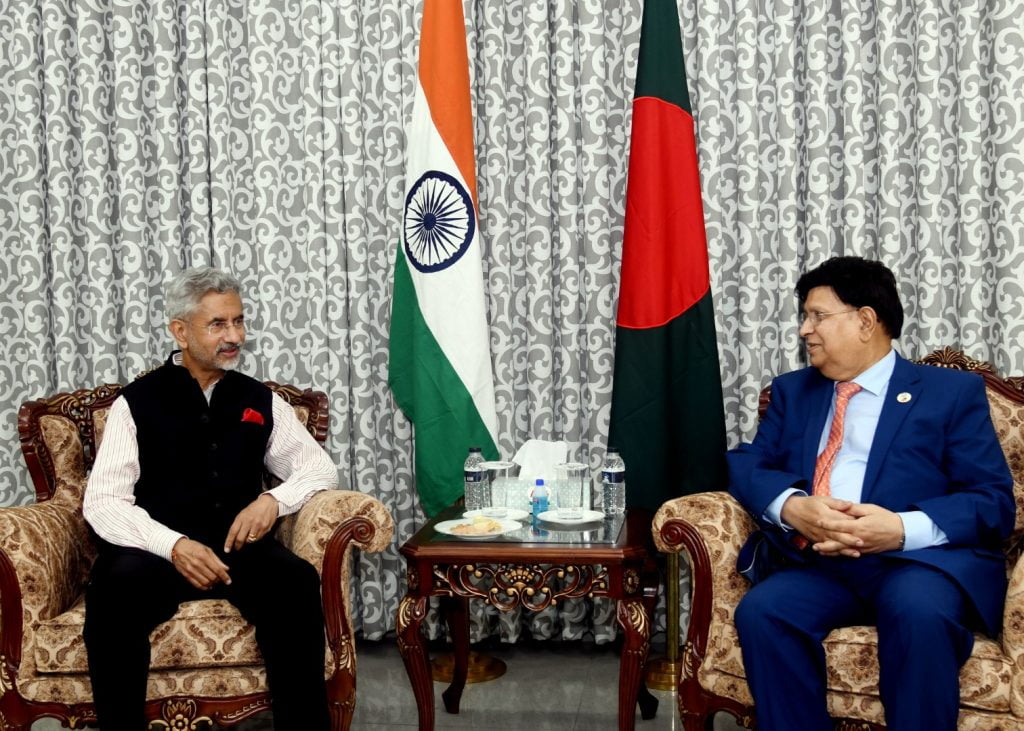
But from the political-economic-social perspective, the same idea is fraught progressively with many conditions and constraints. How ideal it is to think of the possible benefits, challenges, intricacies of a make-believe Bangladesh-India merger.
These eternal best friends- India and Bangladesh – have been evolving to each other since thousands of years. From countries under the rule of the Mauryas to the Guptas and further under the rule of so many emperors, both of these regions were in many ways initially related to each other.
It was an era of continuous cultural exchange and the Bengali language and literature could vividly establish itself under such empires. The struggle of independence from British rule merely fortified these relations between the two regions.
However, in 1947, the partition of India along religious lines separated Bengal and became birth to Pakistan; separately, this split nation gave birth to Bangladesh in 1971. This violent separation has left memoirs of trauma and distrust.
Potential Benefits of a Merger
if Can Bangladesh Merge with India question answer is Yes, then, Proponents of a Bangladesh-India merger argue that it could lead to several advantages:
Economic Integration: A Single South Asia will result in one economic power rather than the two smaller ones, attributed to its separate strength.
In turn, this may attract more foreign investment, increase the trade and the economic conditions of the Independent countries. Complementing the industrial base of India, a larger Bangladeshi working force, on the other hand, allows a stronger regional economy to develop.
Infrastructure development: Resources shall focus on the development of infrastructure, ensuring that improvements, expansions, and new projects in both countries are fast-tracked be it in transport networks, energy grids, or communication systems.
It should be a win-win situation for both countries to ease their trade, people movement, and knowledge sharing.
Security and Stability: A united South Asia can put in place a regional force against cross-border terrorism. There are others such as defense cooperation and intelligence sharing, which will, in turn, help gear up regional security.
This cultural exchange would again be much formal. For example, the already existing vibrant cultural exchange between these two nations would find further bolstering by way of imparting formality. This would even lead to a larger sense of shared identity and appreciation of a rich cultural tapestry of the region.
Challenges and Obstacles to a Merger
Here is some challenges if Can Bangladesh Merge with India answer is positive.
Despite the potential benefits, significant challenges stand in the way of a Bangladesh-India merger:
Political Division of Identity and Sovereignty: Problems of strong national identity and very tight sovereignty feeling associated with integration run in both the nations, India and Bangladesh. May make the Bangladeshis lose their national identity, thereby introducing social disorders, facing resistance from the political front.
Elements such as absolutist monarchies or democracies with different political systems and varied ideologies need a complex and rigorous logjam process just to be able to perfectly share power, representation, and governance structure.
Economic Development The level of economic difference between India and Bangladesh is quite large. It further implies that integration is likely to bring forth a lot of nervousness over the exploitation of Bangladeshi resources and labor by an Indian economy that is more domineering.
Religious and Cultural Differences: Despite the two nations having a semblance of cultures, the difference in religion—majority Muslims in Bangladesh and majority Hindus in India—could make social integration a hard task.
Water Sharing Disputes: All existing water sharing disputes prevail across rivers, for example, the Ganges and Brahmaputra, and would further complicate if both the rivers are allowed to be together to form one single entity. Attaining a mutually equitable and sustainable water sharing arrangement attains prime importance.
Public Opinion and Political Will
But how people in Bangladesh and India would take such a proposal for a deal, is the less discussed issue.
There definitely would be support in the pockets of people in it who emphasize historical ties, but nationalistic sentiments and concerns about dominance definitely would bring public resistance.
The political will to carry out such a merger seems to be absented from both the governments. The focus of both the countries seems to have shifted inwards in development and tacking the socio-economic problems.
Past the history and tacit trust issues add salt to the injuries for the politicians to endorse something of this stature.
Alternatives to Merger: Cooperation and Regional Integration
Here is an Alternative, Can Bangladesh Merge with India answer is positive.
However, the prospect of a full-fledged merger looks entirely out of the question in any foreseeable future. Nevertheless, closer co-operation/regional integration is still on the table.
Strengthened bilateral relations by threading the path of forging a stronger effect for bilateral relations of increasing Bangladesh and India through an increase in trade, interchange in culture, and collaborative ventures on infrastructure. So, this is through the assertion of sovereignty.
South Asian Association for Regional Cooperation (SAARC): Associations like SAARC would help in building a platform for cooperation in economic and political interaction among the countries that exists in that SAARC region.
Threading SAARC can bring about greater regional integration minus full political unification.
Sub-Region Cooperation – Development of a smaller regional partnership dealing with a given area, e.g., in water or energy, or even disaster management. Within this kind of initiative, material benefits would be realized without the complexity tied to them in a full merger.
Conclusion: A Long and Winding Road
The idea of a union between Bangladesh and India, therefore, presents a possibility of shared heritage and economic accruals. But then, along such a process merging on the path to a political integration union presents path studded challenges on the lines of national identity, political, social, and complexity hurdles.
Community building efforts should also focus on strong regional and bilateral relation-building, cooperation through SAARC, sub-regional cooperation.
Learn More: To Tip Over Meaning : Understanding the Phrase

